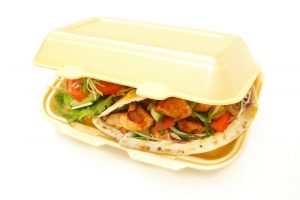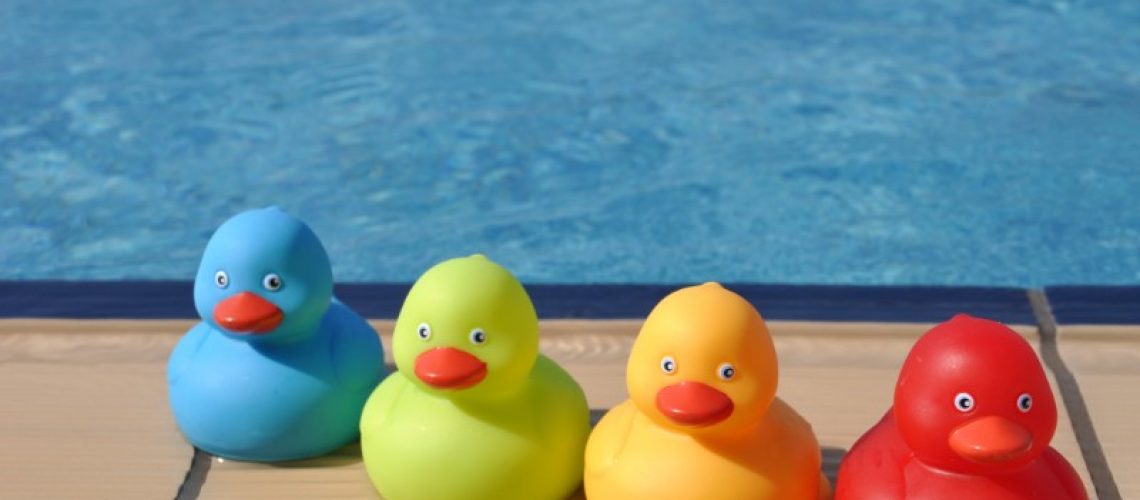Seven Types of Plastic (continued)
Maybe you’ve been recycling for years, or perhaps you’re just starting to practice recycling. Either way, if you’re still confused about which plastics are recyclable and which aren’t, you’re not alone. In the first part of this post, we went over the primary four standard types of plastic —check it out if you want to learn what they are. Now, let’s talk about the remaining three types of plastic.
5. PP
This type of plastic is both lightweight and sturdy, and it has high resistance to heat. Polypropylene is used to make things like cereal bags, which is meant to keep its freshness and serves as a barrier against grease and moisture. Not all recycling programs process PP —check with your local recycling facility— but it is considered safe for reuse.

6. PS
Lightweight and easily-formed are what describes Polystyrene. This inexpensive plastic is used to make disposable take-out containers, “clamshell” containers, styrofoam drinking cups, plastic cutlery, egg cartons, etc. This is a weak and light-weight type of plastic, that easily breaks up and can end up throughout the environment. Not many collection services take polystyrene for recycling but some businesses, like those who provide shipping services, take foam packing chips and reuse them. You can switch from PS products to reusable cups, reusable or compostable cutlery, or try using stainless steel containers, to avoid using this material, as much as possible.
7. Other
As you can imagine by the name, this category includes all “other” plastics for which we don’t have reuse and recycling protocols yet. This category includes all BPA, Polycarbonate and LEXAN products. This is the material used to make baby bottles, sippy cups, and similar products. Number 7 plastics are to be reused. It is best to avoid this type of plastic, mainly if it will be used for children’s food unless they have the PLA compostable coding, in which case they should be thrown in the compost since they are not recyclable.
Understanding the types of plastic is very important. Not only does it generate awareness but it promotes proper classification when recycling. If you’re uncertain about which plastics we process at Sunrise Sanitation, give us a call today.


